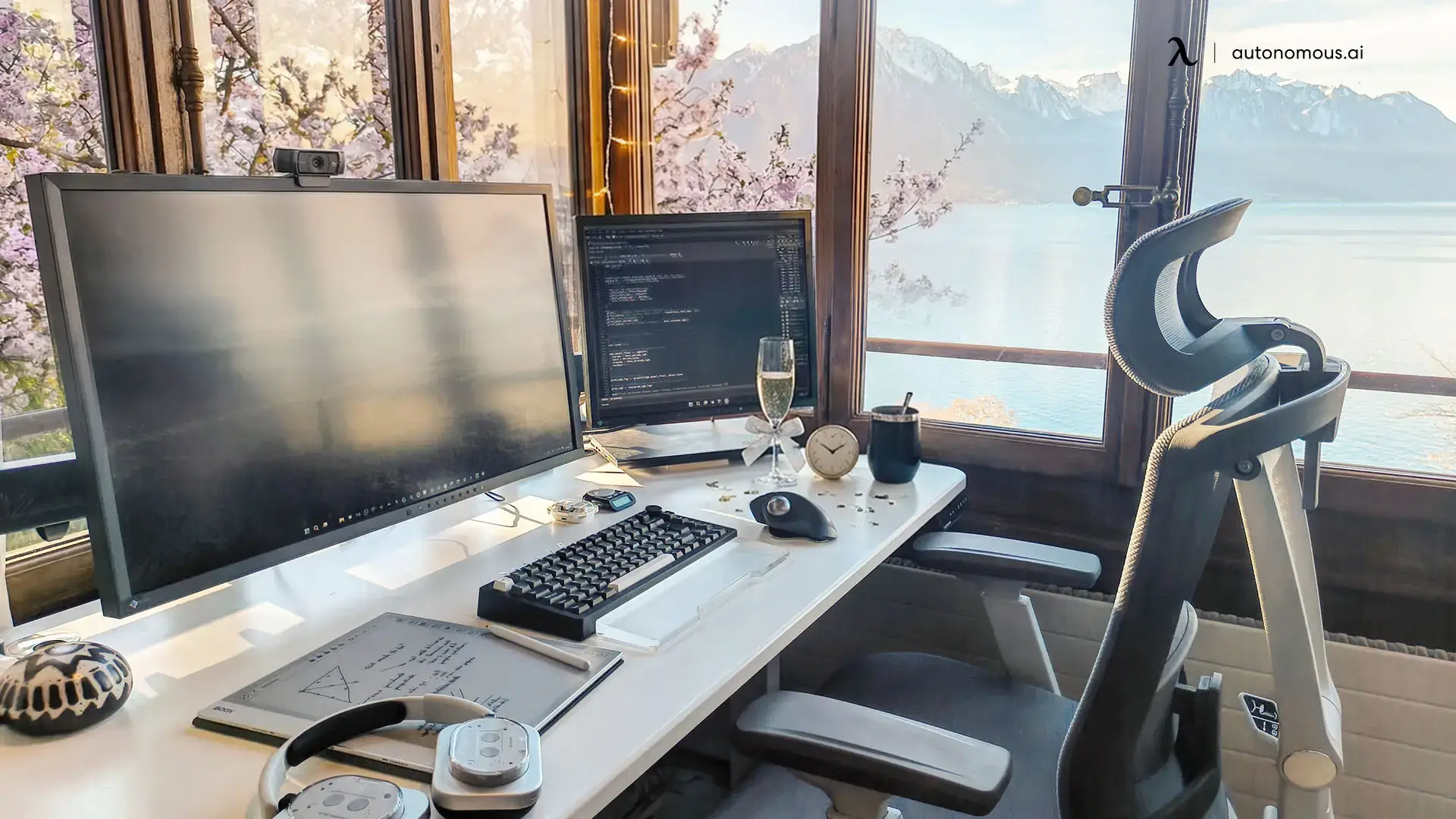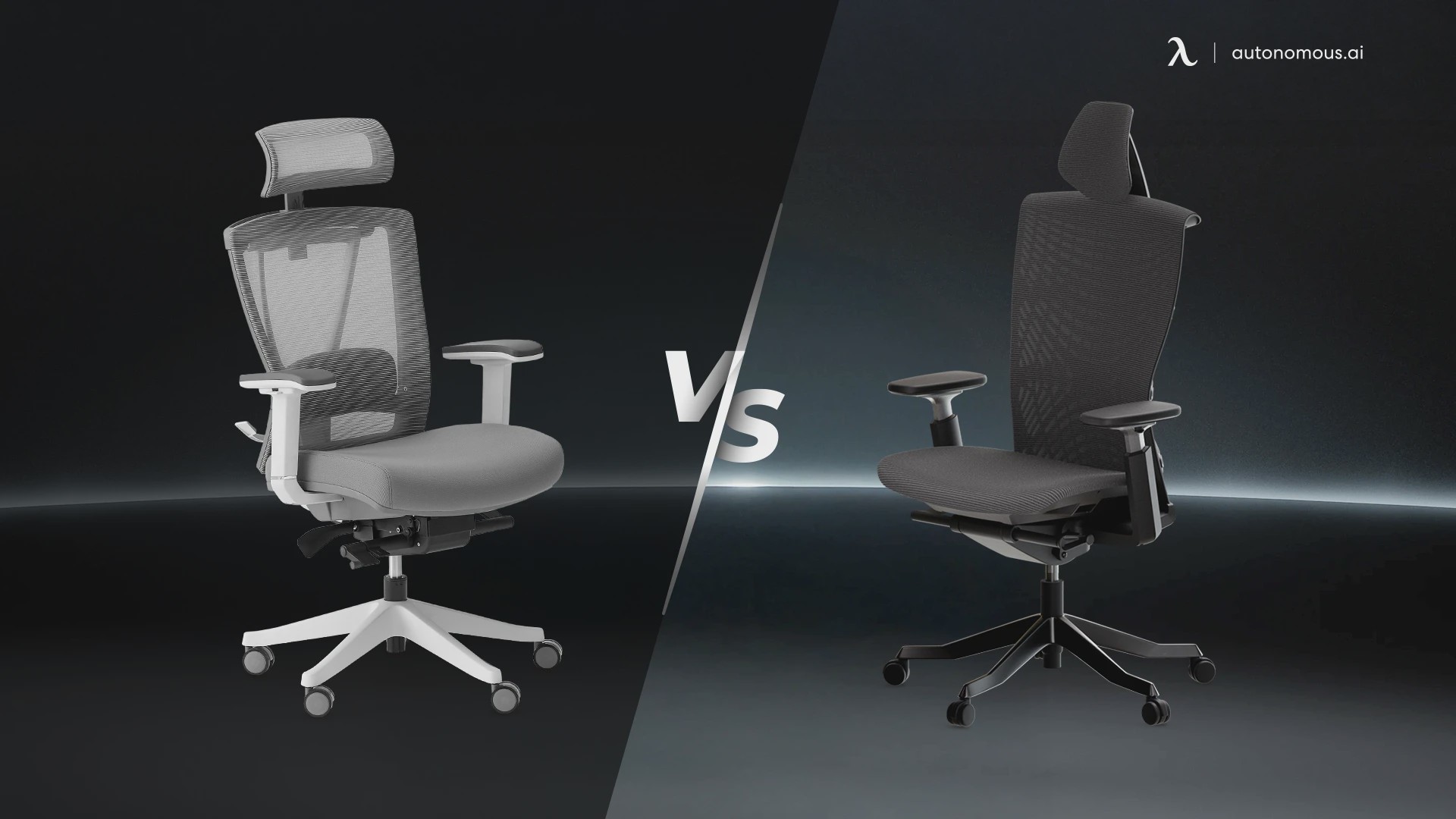- Newest
- Most viewed
Interested in a Link Placement?

Spirit Halloween Employee Discounts and Benefits
The Spirit Halloween employee discount is typically around 30% off regular-priced items for active employees and is separate from public promotion codes.
Remote Working | Jan 7, 2026 155 views

Japanese New Year Gifts: What They Mean & How to Give
Latest Updates | Jan 7, 2026 668 views

12 Vietnamese New Year Gifts for Luck & Prosperity
Latest Updates | Jan 6, 2026 226 views

Best Lunar New Year Gift Sets That Bring People Together
Latest Updates | Jan 6, 2026 507 views

15 Best Fitness Apps for Weight Loss
Work Wellness | Dec 31, 2025 427 views

Feng Shui 2026 for Office and Home Office Setup
Workplace Inspiration | Dec 30, 2025 650 views

ErgoChair Pro vs Ultra 2: Which One Is Right for You?
Smart Products | Dec 28, 2025 615 views

Lunar New Year 2026 Zodiac - The Year of the Fire Horse
Latest Updates | Dec 29, 2025 681 views

15 Best New Year Gift Ideas for Mom
Latest Updates | Dec 26, 2025 873 views

11 New Year Gifts for Wife to Start the Year Together
Latest Updates | Dec 26, 2025 988 views
.webp)
Autonomous ErgoChair Pro vs Secretlab TITAN: Full Comparison
Smart Products | Dec 25, 2025 713 views

10 Best New Year Gift Ideas for Your Husband
Latest Updates | Dec 25, 2025 589 views
.svg)
